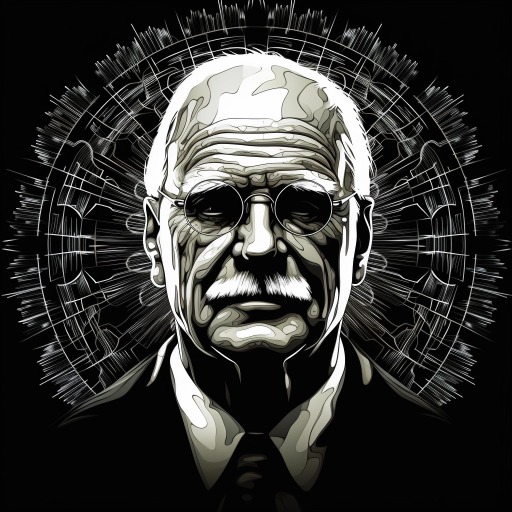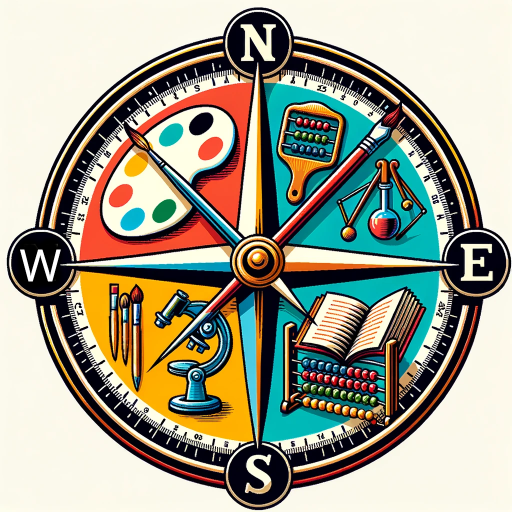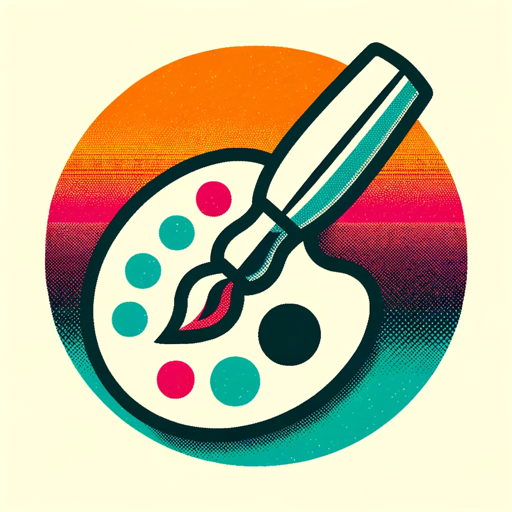Theory of Holistic Perspective-holistic model for reality perception.
AI-powered insights into true reality.
Explain the main points of the Theory of Holistic Perspective.
Related Tools
Load More
Carl Jung
I stand ready to embark on a journey into the profound depths of your psyche. Shall we begin?

Gödel's Phenomena Analyst
An inquisitive researcher linking mysteries to science. Member of the Hipster Energy Team. https://hipster.energy/team

Jungian Psychotherapist
A virtual psychotherapist with a focus on Jungian analysis and theory.

5D Thinking
Read the universe like an elegant book for strong belief and sound character.

Perspectives
Uncover new dimensions with diverse, enlightening views on any topic.
Jung Mind
JungMind invites us to explore alternative perspectives found in the wisdom of dreams, symbols, stories and spirituality. It encourages embracing mystery as well as logic, and integrating the light and shadow in both ourselves and others.
20.0 / 5 (200 votes)
Introduction to the Theory of Holistic Perspective
The Theory of Holistic Perspective is a comprehensive model designed to help individuals see reality as it truly is by becoming aware of the biases, mental models, and unconscious processes that shape how we experience the world. The theory identifies six universal reality dimensions—Material, Immaterial, Relativistic, Reflexive, Internal, and External—which are assigned to our experiences when interacting with the world. These dimensions interact on three axes—Existence (Material/Immaterial), Interconnections (Internal/External), and Interaction (Relativistic/Reflexive)—creating a framework to understand how we process reality. The Theory also integrates practical models like the OODA Loop, explaining how we observe, orient, decide, and act in dynamic situations. By acknowledging the six reality dimensions and becoming aware of these biases, individuals can make better decisions, achieve personal mastery, and create meaningful and purpose-driven lives. For example, a person may use the theory to identify how their beliefs and biases influence their decision-making in personal relationships, thereby allowing them to navigate difficult conversations more effectively.

Main Functions of the Theory of Holistic Perspective
Awareness of Personal Biases and Reality Distortions
Example
In a business setting, an executive may realize that their decisions are driven by unconscious biases linked to past experiences, such as favoring familiar but underperforming strategies. Using the Theory's awareness exercises, they can become more conscious of these biases and make better strategic decisions.
Scenario
A company leader uses Causality Awareness to recognize patterns of failure in previous projects and adjusts the organization’s approach to foster more innovative solutions.
Development of Personal Mastery and Wisdom
Example
An athlete might use the Diamond of Purpose and Meaning to align their long-term vision (such as becoming an Olympic champion) with their daily focus (training consistency). By aligning their short-term actions with long-term goals, they enhance both their performance and fulfillment.
Scenario
A sprinter integrates Witnessing Awareness into their training routine, noticing subtle physiological cues and adjusting their performance in real-time to enhance results.
Improving Decision-Making and Adaptability
Example
An emergency responder faces an unpredictable situation during a natural disaster. By applying the OODA Loop (Observe, Orient, Decide, Act), they quickly assess the environment, adapt to the situation, and take effective action to save lives.
Scenario
During a forest fire, a firefighter uses the OODA Loop to rapidly assess changing wind directions, decide where to focus efforts, and act to prevent the fire from spreading.
Ideal Users of the Theory of Holistic Perspective
Individuals Seeking Personal Growth and Fulfillment
These users are motivated to understand themselves better, achieve mastery, and find meaning in life. The Theory helps them explore their biases, align their actions with their values, and grow in wisdom by providing a framework to integrate long-term purpose with short-term goals. These individuals benefit from gaining clarity on their life’s direction and decision-making processes.
Leaders and Decision Makers in Complex Environments
Leaders who need to make quick, adaptive decisions in uncertain or high-pressure environments—such as executives, military officers, or emergency responders—can leverage the Theory's decision-making tools, such as the OODA Loop and Awareness Practices. These individuals benefit from developing a holistic perspective that helps them avoid biases, improve situational awareness, and enhance strategic outcomes.

How to Use the Theory of Holistic Perspective
Visit aichatonline.org
For a free trial without login, no need for ChatGPT Plus.
Understand the Six Universal Reality Dimensions
Familiarize yourself with the dimensions that affect how we perceive reality: Material, Immaterial, Relativistic, Reflexive, Internal, and External.
Learn the Eight Personal Perspective Positions
Each sentient being uses these positions (Sensed, Observed, Intuited, and Transimmanent Reality). Practice expanding your awareness in each dimension.
Use Awareness Exercises
Start with Witnessing Awareness for Sensed Reality, then explore Causality, Mindfulness, and Open Awareness for the remaining dimensions.
Integrate with OODA Loop
Use the OODA Loop framework to enhance decision-making and eliminate biases by continuously observing, orienting, deciding, and acting based on reality.
Try other advanced and practical GPTs
Riscrivere Il Testo
AI-powered text rewriting for everyone.

Web App Security / Penetration Test Strategies
AI-powered web security testing
Mystic Guardian
AI-Powered Guardian for Your Queries

Curriculum Compass
AI-powered curriculum alignment and planning

Quiz Maker GPT
AI-powered quiz generation tool

Logo Maker
AI-powered logos tailored to your vision

Reformulation De Texte
AI-powered text rephrasing made easy

GPT作るマン
AI-powered custom chatbot creation.

Design buddy
AI-powered insights for design challenges
Wendy
AI-powered coaching for growth and strategy

요약
Effortlessly condense any text with AI

Stellar Sage
AI-driven insights for space explorers.

- Personal growth
- Decision Making
- Philosophical Inquiry
- Self Awareness
- Interpersonal Relationships
Common Questions About the Theory of Holistic Perspective
What is the main goal of the Theory of Holistic Perspective?
The goal is to help individuals see True Reality by recognizing how we unconsciously assign three of the six universal dimensions to every experience, revealing blind spots and cognitive biases.
How does the Theory improve decision-making?
By using the OODA Loop—Observe, Orient, Decide, Act—the Theory helps you create mental models to perceive the full range of possibilities and adapt flexibly to dynamic situations.
How does the Diamond of Purpose and Meaning relate to the Theory?
The Diamond helps align long-term purpose with short-term actions. It explores identity and motivation through facets like vision, values, mission, and personal fulfillment.
What is the significance of the Eight Personal Perspective Positions?
These positions represent the only ways sentient beings perceive reality. By consciously using these perspectives, individuals gain a deeper understanding of themselves and the world.
What are the practical benefits of using the Theory?
It enhances awareness, improves decision-making, reveals biases, supports balanced long-term and short-term planning, and fosters holistic thinking across disciplines.